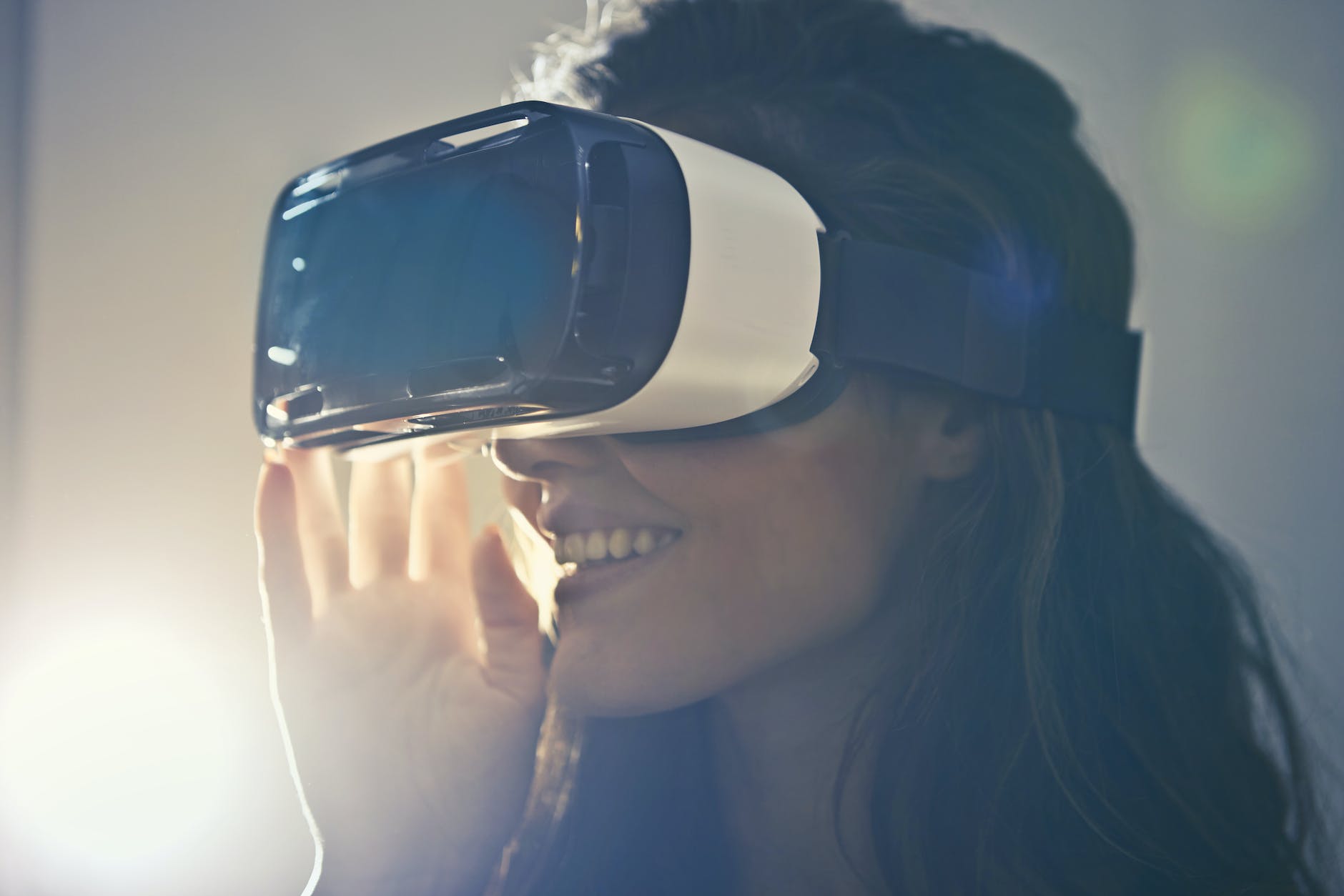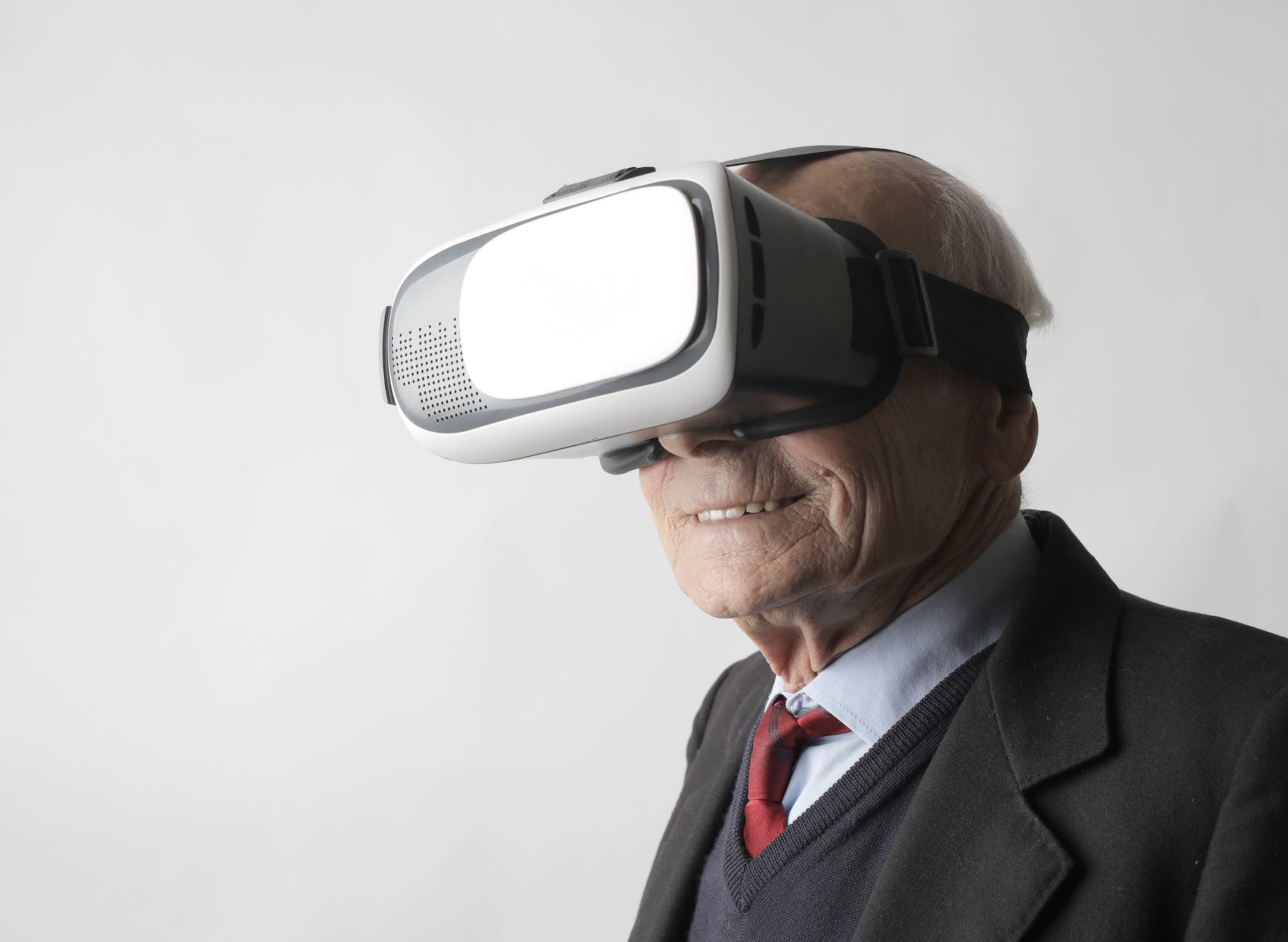
AR vs VR: Understanding the Differences
Are you ready to dive into the exciting world of AR vs VR? Today, we’re going to explore the differences between Augmented Reality (AR) and Virtual Reality (VR). Two groundbreaking technologies that are revolutionizing various industries.
We’ll start by understanding what exactly AR and VR are, how they work, and what sets them apart. You’ll learn about their advantages and disadvantages, as well as their applications across different fields.
But that’s not all! We’ll also delve into Mixed Reality (MR) and discuss its role in the emerging concept of the Metaverse. By the end of this blog, you’ll have a comprehensive understanding of AR, VR, and MR. Empowering you to navigate the ever-expanding realm of extended reality with confidence. So put on your tech enthusiast hat and let’s get started!
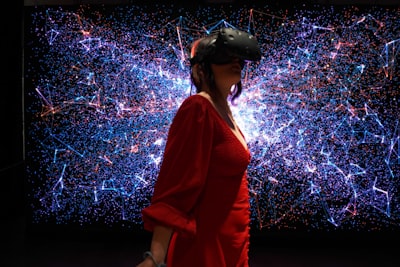
What is Augmented Reality?
Augmented Reality (AR) is a technology that superimposes digital information or virtual objects onto the real world, enhancing the user’s perception of reality. It can be experienced through devices like smartphones, tablets, smart glasses, and headsets. Popular examples of AR applications include Pokemon Go, Snapchat filters, and furniture placement apps.
What is Virtual Reality?
Virtual Reality (VR) is a cutting-edge technology that transports users into computer-generated virtual environments. By wearing a head-mounted display (HMD), users can fully immerse themselves in the virtual world. And also interact with it using controllers or natural movements. VR finds applications in gaming, entertainment, training, and simulations.
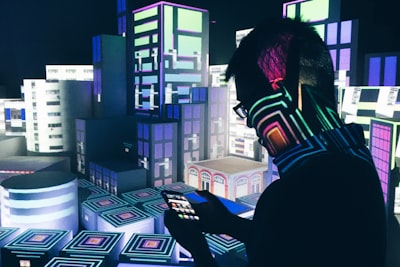
Augmented Reality vs. Virtual Reality (AR vs VR) headset
Augmented Reality (AR) and Virtual Reality (VR) offer unique experiences to users. AR overlays digital content onto the real world, allowing interaction with both physical and digital realms. VR creates a fully immersive digital environment, isolating users from the real world. AR can be experienced through devices like smartphones, tablets, smart glasses, and headsets.
Finding applications in gaming, architecture, healthcare, and education. Popular examples include Pokemon Go and Snapchat filters. On the other hand, VR requires a head-mounted display (HMD) and is commonly used in gaming, entertainment, training, and simulations. Both have advantages and disadvantages—AR enhances functionality and productivity by integrating digital elements into the real world, while VR provides a highly immersive experience in a virtual world.
Advantages and Disadvantages of Augmented Reality
Augmented Reality (AR) presents numerous advantages, revolutionizing user experiences across multiple industries. By superimposing digital information onto the physical world, AR creates an interactive and immersive environment. These cutting-edge experiences can be accessed through smartphone apps or dedicated AR headsets, such as smart glasses or lenses.
AR technologies allow users to seamlessly interact with virtual objects in real-time, enabling various applications including gaming, healthcare, education, and even e-commerce. By providing a means to visualize virtual content in the real world, AR enhances decision-making processes and boosts productivity. As AR continues to evolve, its potential for the future is vast, promising advancements in the realms of communication, entertainment, and beyond.
AR vs VR
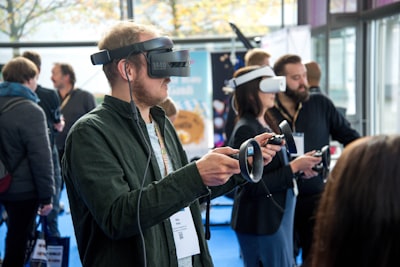
Advantages and Disadvantages Pros and Cons of Virtual Reality
Virtual reality offers a range of advantages, including unparalleled immersive experiences that transport users to a virtual world and allow them to interact with virtual objects in real time. This technology has found applications in various industries, such as gaming, healthcare, education, and architecture, revolutionizing the way we experience these fields.
With constant advancements and innovations, virtual reality continues to evolve, offering enhanced learning and training opportunities, as well as a whole new level of entertainment. However, it’s important to consider the drawbacks. Virtual reality can be costly, as it requires expensive equipment and software, making it less accessible to some.
Additionally, certain users may experience motion sickness or other health risks when using VR. Nevertheless, the benefits of virtual reality outweigh the cons, making it a promising technology for future growth and development. Especially in AR Tourism.
Meta Applications of Augmented Reality
Augmented Reality (AR) has revolutionized different industries with its ability to overlay digital information onto the real world. Its applications extend far beyond the realms of gaming and entertainment.
AR has found its way into education, healthcare, and even retail. In the realm of education, AR transforms traditional learning experiences by overlaying virtual content onto textbooks or objects, making the learning process more interactive and engaging for students. Meanwhile, in healthcare, AR is used for surgical planning and guidance, providing surgeons with real-time visualizations of patient anatomy, enhancing precision and accuracy in medical procedures.
Retailers also utilize AR to enhance the shopping experience, allowing customers to try on virtual clothes or visualize furniture in their homes before making a purchase decision. AR is truly a versatile technology with the potential to revolutionize various aspects of our lives.
Applications of Virtual Reality
Virtual reality (VR) has revolutionized numerous industries, offering users an immersive and interactive experience in a digital world. With VR headsets, users can enter a simulated environment, allowing for gaming, training, and entertainment in ways never seen before.
Whether it’s exploring fictional worlds, learning through interactive simulations, or trying on virtual clothes, VR offers endless possibilities. From gaming enthusiasts with VR devices to healthcare professionals utilizing VR for training, the benefits and applications of VR are vast.
As the VR market continues to grow, with emerging technologies like extended reality (XR) and mixed reality (MR), the integration of VR into everyday life and various industries is becoming increasingly prevalent.
What is Mixed Reality (MR)?
Mixed Reality (MR) is a technology that merges both Augmented Reality (AR) and Virtual Reality (VR). It seamlessly integrates virtual elements into the real world, allowing users to interact with both simultaneously. Microsoft’s HoloLens is an example of a device that enables immersive Mixed Reality experiences.
AR vs VR
Role of Virtual Reality and Augmented Reality in the Metaverse
Virtual reality (VR) and augmented reality (AR) have revolutionized the way we interact with technology, playing significant roles in the development of the Metaverse. With VR, users are transported into a completely virtual environment, immersing themselves in a digital realm where they can explore, create, and engage with virtual content.
It offers an escape from the real world, providing an immersive experience through the use of headsets, sensory devices, and controllers. On the other hand, AR enhances our physical world by overlaying digital elements onto our real-time experiences. By using smartphones, smart glasses, or specialized headsets, AR users can access virtual content and information while remaining connected to the physical environment.
The combination of VR and AR technologies is crucial in shaping the Metaverse, a fully immersive digital universe. These technologies enable us to bridge the gap between the physical and digital worlds, creating new possibilities for interaction and exploration.
VR allows us to step into fictional worlds and simulated environments, unlocking endless opportunities for gaming, simulation, and entertainment. AR, on the other hand, enhances our daily lives by providing real-time information, interactive experiences, and virtual try-ons in industries such as education, retail, and healthcare. Together, VR and AR pave the way for a future where we can seamlessly transition between the real and virtual worlds, transforming how we engage with technology and each other.
How does AR work?
AR, or Augmented Reality, functions by superimposing digital content onto the real world using cameras and sensors to track the user’s environment. This digital content is viewed through a device like a smartphone or smart glasses, enhancing the user’s perception of reality by adding virtual objects or information to their surroundings.
How does VR work?
VR works by using computer technology to create a simulated environment. Users wear a headset that tracks their head movements and displays visuals. VR may also include audio and haptic feedback for a more immersive experience. The aim is to transport users into a virtual world where they can interact with their surroundings.
How do AR and VR work together?
AR and VR are distinct technologies that can be combined for enhanced experiences. AR overlays virtual elements onto the real world, augmenting the VR environment. For instance, real-time information or notifications can be displayed within a VR game using AR. This fusion of AR and VR creates immersive experiences that seamlessly integrate the virtual and real worlds.
How are AR and VR used in different industries?
AR is utilized in retail, gaming, and healthcare to enhance real-world experiences by overlaying digital information. VR is employed in architecture, education, and entertainment to create immersive virtual environments for users to interact with.
What is the difference between augmented reality (AR) and virtual reality (VR)?
Augmented reality (AR) enhances our real-world experience by overlaying digital information. While virtual reality (VR) creates a fully immersive simulated environment. AR is experienced through smartphones or smart glasses, while VR requires a headset for complete immersion. AR enhances reality, while VR creates a new virtual world.
Conclusion
Understanding the differences between augmented reality (AR) and virtual reality (VR) is crucial. For businesses and individuals looking to leverage these technologies. AR overlays digital content onto the real world, enhancing our perception of reality, while VR immerses users in a completely virtual environment.
Both have their unique advantages and disadvantages, and their applications span various industries such as gaming, education, healthcare, and more. As technology advances, we also have mixed reality (MR), which combines elements of both AR and VR to create even more immersive experiences. In the future metaverse, AR vs VR will play a significant role in shaping how we interact with digital environments.
follow us on Insgram.
